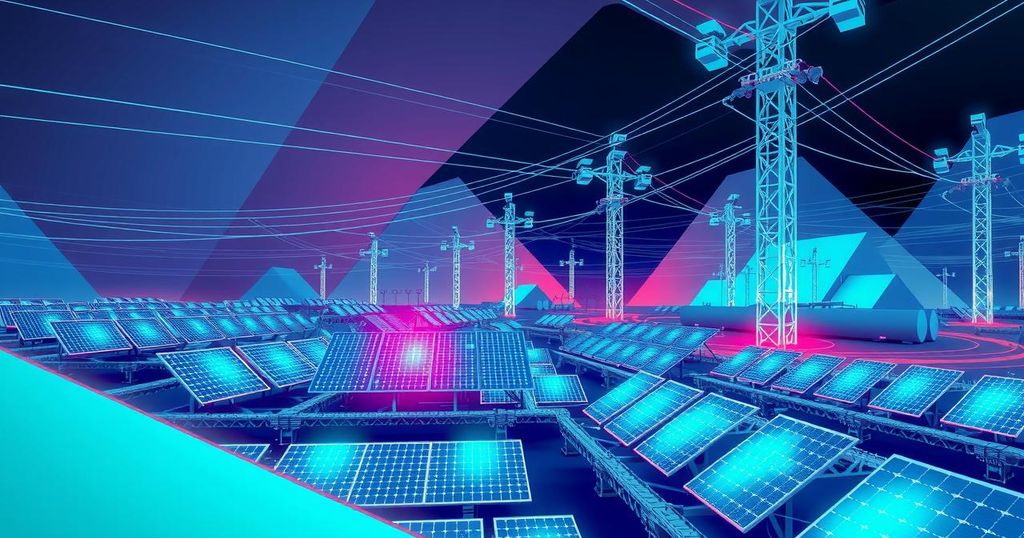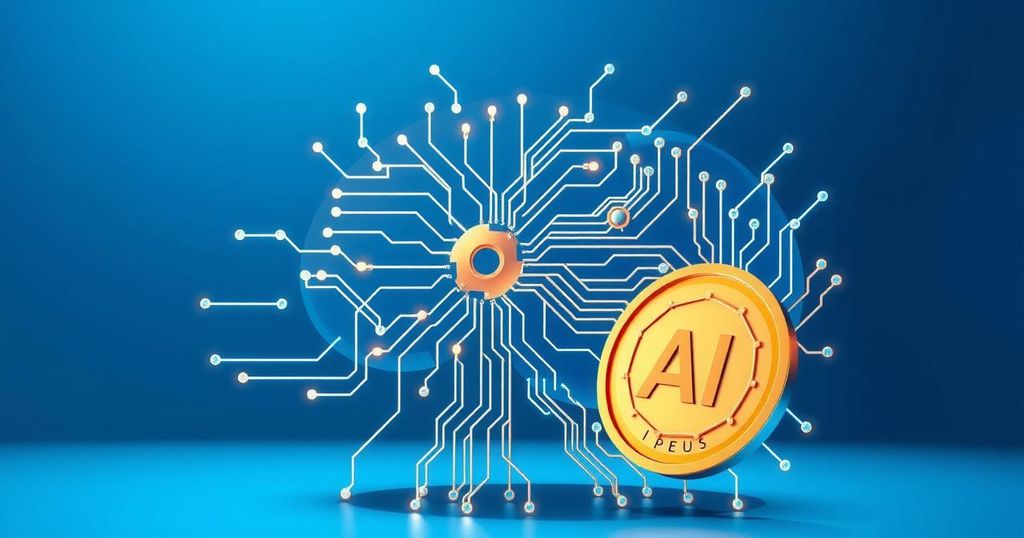Artificial Intelligence Drives Demand for Electric Grid Update
- A.I. adoption is surpassing internet and smartphone trends.
- Over half of Americans are not yet using A.I. technology.
- Rapidly expanding data centers face energy demands of up to 5 gigawatts.
- Nuclear power is increasingly seen as vital for A.I. needs.
- New regulations might ease the path for nuclear energy expansion.
A.I. Adoption Outpaces Historical Technology Trends
Artificial Intelligence (A.I.) is reshaping the landscape of our energy demands, especially when it comes to electric grids. The increasing reliance on the internet is no longer surprising for many; in fact, a recent Pew Research Poll highlighted that a staggering 96% of adults use their mobile devices for internet access several times a week. This is just a slice of a much greater trend that shows how quickly demand for electricity is rising across the United States as Americans immerse themselves online. Constellation’s President and CEO, Joseph Dominguez, noted that A.I. adoption has taken off even faster than the internet ever did, with advancements spurred on almost overnight, rather than the gradual increase seen in earlier technologies.
Energy Needs for Tech Ramp Up with A.I. Growth
David Sacks, the White House A.I. and Crypto Czar, supports Dominguez’s take, asserting that the current speed of A.I. adoption is unprecedented, even outpacing the iPhone’s launch and the internet itself. Yet, there’s a considerable portion of the population that remains unacquainted with this transformative technology. According to a Fox News Poll, 57% of registered voters reported rarely using A.I., and around 27% consider it part of their daily routines. The perception of A.I. plays a big role in its usage, with a significant number of those skeptical about its societal impacts admitting to limited engagement. Experts, though, suggest that the usage of A.I. is on a trajectory of growth, especially after the rapid rise of products like OpenAI’s ChatGPT, which set records as the fastest adopted consumer technology when it launched in late 2022, although it’s still just a starting point in the evolving A.I. field.
Data Centers and Nuclear Power Collaboration
As the demand for A.I.-driven technologies skyrockets, energizing data centers 24/7 is essential. Gregory Allen from the Wadhwani A.I. Center emphasized that the computational energy A.I. requires is enormous; major A.I. algorithms depend on a staggering 1 to 5 gigawatts to function. To put that in perspective, Allen compared one gigawatt to the electricity generated by one Hoover Dam; that means, in some cases, five dams are needed just to power a single data center brimming with A.I. capabilities. With A.I. models needing frequent updates and robust cooling systems to maintain the temperature in sprawling data centers, the pressure to expand infrastructure continues to build. Brad Smith, Microsoft’s President and Vice Chair, illustrated the great need for land zoning, permitting, and comprehensive plans to boost electricity supply for this burgeoning industry.
Nuclear Energy: A Key Player in A.I. Supply
The push towards nuclear energy, particularly for powering high-demand data centers, is gaining traction, with some regulatory relief already in place. Before constructing new nuclear sites, energy producers have typically had to jump through significant regulatory hoops, costing millions simply to verify sites that have operated reactors for years. Thanks to recent executive orders, the burdensome processes may be streamlined, accelerating the emphasis on these energy sources. With nuclear providing a steady supply of electricity, it ensures that the needs of tech firms reliant on A.I. systems can be met around the clock, regardless of external conditions. Dominguez reinforced that nuclear plants output consistently more power than any competing energy technology, and this reliability makes it an attractive option for those in the tech sector.
Balancing Nuclear Power with Renewable Energy Solutions
While nuclear power has a history of reliable energy production, Dominguez reminded that diversifying energy sources is equally vital. U.S. reactors currently deliver almost 20% of the country’s power, but combining nuclear with solar and other renewables could enhance sustainability without over-reliance on any one source. It’s been said that to achieve the same output as one megawatt of nuclear energy, we’d need to invest in solar power equivalent to 20 times that amount. The energy needs of an A.I.-driven world signal a need for both innovation in technology and a clear strategy in how we fuel it all moving forward.
The rising demand fueled by artificial intelligence is dramatically reshaping the landscape of America’s electric grid, highlighting the urgency for more efficient energy solutions. With A.I. adoption rushing forward at unprecedented rates, the need for robust electrical infrastructure has become paramount. The interplay between A.I. requirements, nuclear energy, and emerging technologies suggests not just challenges, but exciting opportunities for innovation in energy sustainability and management moving forward.




Post Comment